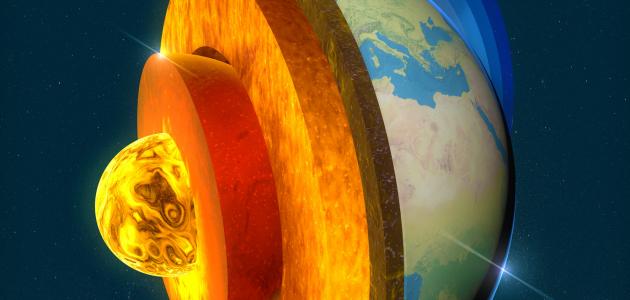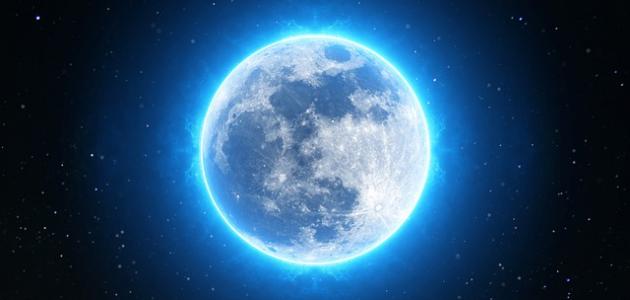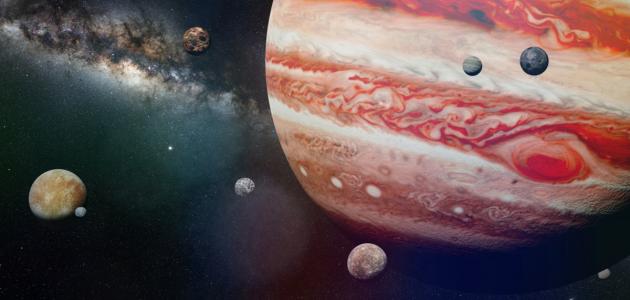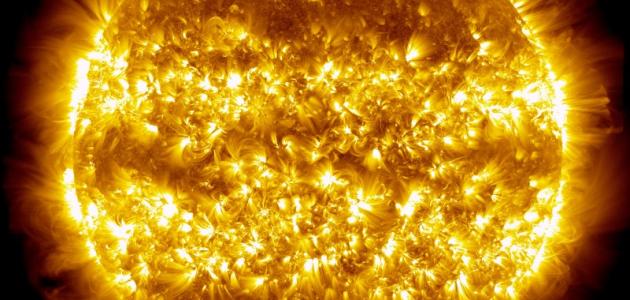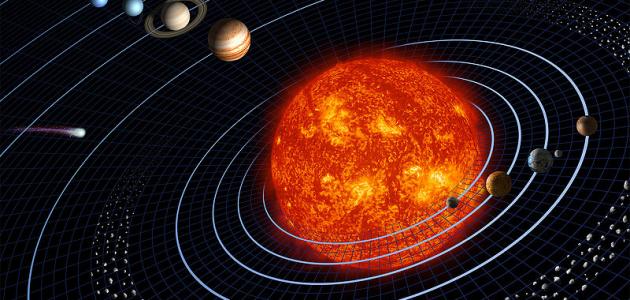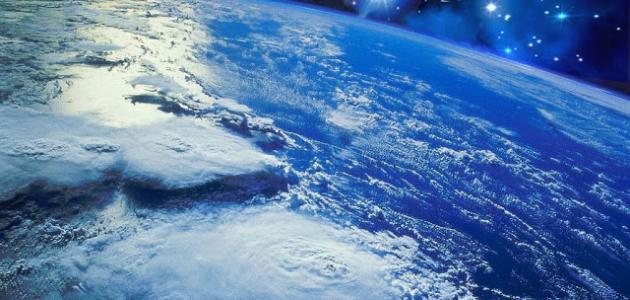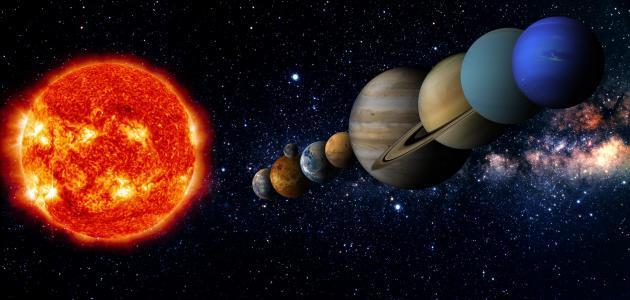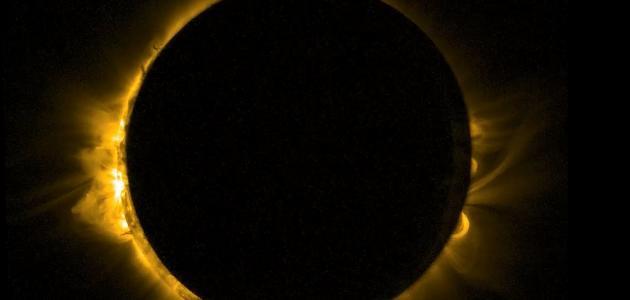Universe
The great universe contains many galaxies that contain many planets, stars, and celestial bodies, and the most important of these galaxies is the Milky Way galaxy, which includes the solar system, which in turn contains the sun, many stars, asteroids, moons, and many celestial bodies, and the nine planets of the solar system, which are: Mercury, Venus, Earth, Mars, Jupiter, Saturn, Uranus, Neptune, Pluto.
What are the planets?
A planet is a celestial body that has specific orbits around a star in this universe or the remains of a star. The size of this planet is appropriate so that its shape is round, but it is not large enough for nuclear reactions and fusions to occur in its interior. One of the most important of these planets is the planet Earth, which is The focus of our discussion in this article.
Planet earth
Planet Earth is the third planet in the solar system, next to Venus in distance from the sun. Planet Earth is home to all living organisms, from the smallest organisms that cannot be seen with the naked eye to the largest and largest organisms, and among these organisms we are humans, because of their features that distinguish them from the rest. Planets, and these features include:
- The appropriate distance from the sun.
- Its appropriate size, as the size of the planet affects its gravity, that is, the larger the planet, the greater its gravity, and vice versa, as the Earth’s gravity is suitable for living on.
- The presence of water on its surface.
- The presence of an atmosphere that protects it from harmful rays.
- The presence of oxygen, which is the most important source of life for organisms on Earth.
Since the Earth is the home that includes us all, the question constantly comes to our minds: “How was the Earth formed?” “How old is this great planet?” “There are many questions about the nature of the Earth’s formation. Scientists conducted many, many studies about the Earth’s formation, but all the studies did not lead to anything.
Read also:Where does moonlight come from?As for modern science, scientists have concluded that the Big Bang theory is the basis for the existence of the universe. This theory states that the universe was a small, enormously dense matter. Then a big explosion occurred for this matter, and the universe was filled with fragments of it. These fragments were of various sizes and of different sizes. Very high temperatures, but over time these fragments cooled and formed this universe in which we live.
How was the earth
The Earth is part of the solar system, which was once a cloud of dust, rocks, and gas. This cloud was composed of the elements hydrogen and helium, and then an explosion occurred in the solar nebula, which led to an angular rotation, and by doing so, this cloud began to accelerate alternately to It settled perpendicular to the axis of rotation, and most of the mass of this cloud was concentrated in its middle. The rotation and resistance to gravity led to massive heating in the center, and as a result of the inability to transfer energy far, nuclear fusion of both hydrogen and helium took place, and that was the first ignition of the sun star. The bodies outside the Sun split to form groups, the collision of whose fragments produced planets such as Earth.
Read also:Information about the planet Mars